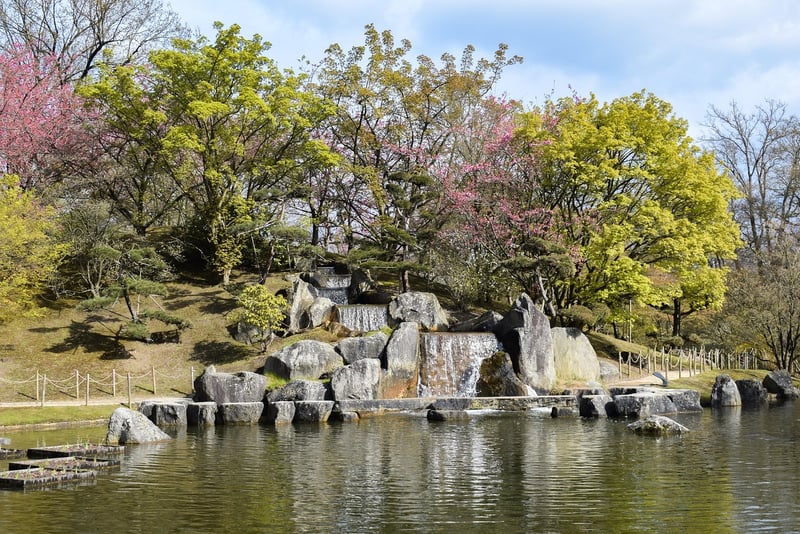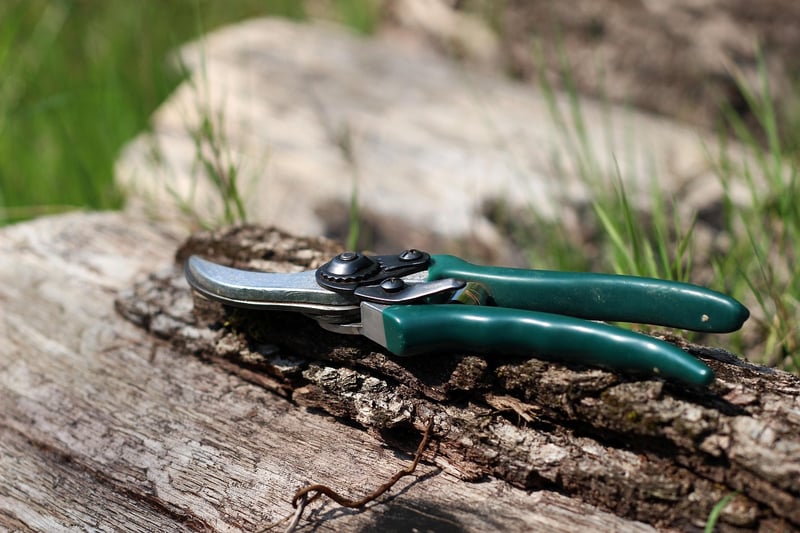Pruning Techniques
Keeping Your Zen Garden Pristine
Introduction to Zen Gardens
Zen gardens, also known as Japanese rock gardens or dry landscape gardens, are designed to create a miniature landscape that is both beautiful and peaceful. These gardens typically consist of rocks, gravel, sand, and carefully placed vegetation to evoke a sense of tranquility and simplicity.
Tips for Maintaining Your Zen Garden
Keeping your Zen garden pristine requires regular maintenance and attention to detail. Here are some tips to help you maintain the beauty and serenity of your Zen garden:
1. Rake the Gravel
Use a wooden rake to create ripples or patterns in the gravel, symbolizing the flow of water or waves in the sea. This simple task not only enhances the visual appeal of your garden but also helps to clear any debris that may have accumulated.
2. Trim and Prune Plants
Trimming and pruning plants in your Zen garden is essential to maintain their shape and promote healthy growth. Use sharp scissors or shears to carefully trim away dead or overgrown branches, ensuring that the overall aesthetic remains balanced and harmonious.
3. Weed Regularly
Remove any weeds or unwanted plants that may sprout up in your Zen garden. Weeds can disrupt the visual harmony of the garden and compete with your desired plants for nutrients and sunlight.
4. Water Mindfully
Water your Zen garden thoughtfully, ensuring that plants receive adequate hydration without overwatering. Consider using a watering can or a gentle sprayer to avoid disturbing the gravel or sand.
Pruning Techniques
Pruning is a crucial aspect of maintaining the health and beauty of plants in your Zen garden. Here are some essential pruning techniques to help you keep your garden in top condition:
1. Deadheading
Remove spent flowers by cutting them back to encourage new growth and prolong the flowering season. Deadheading also helps redirect energy to other parts of the plant, promoting overall health.
2. Thinning
Thinning involves selectively removing branches or stems to improve air circulation and light penetration within the plant. This technique helps reduce the risk of disease and encourages vigorous growth.
3. Shaping
Prune plants to maintain their desired shape and size, keeping in mind the overall aesthetics of your Zen garden. Regular shaping helps create a neat and well-organized appearance.
Conclusion
By following these tips for maintaining your Zen garden and mastering essential pruning techniques, you can create a tranquil and harmonious outdoor space that promotes relaxation and mindfulness. Regular care and attention to detail will ensure that your Zen garden remains a peaceful retreat for years to come.
 Image Source
Image Source
